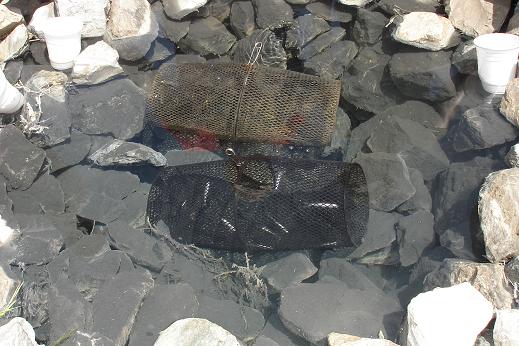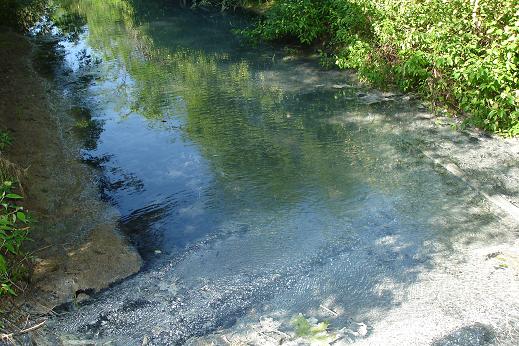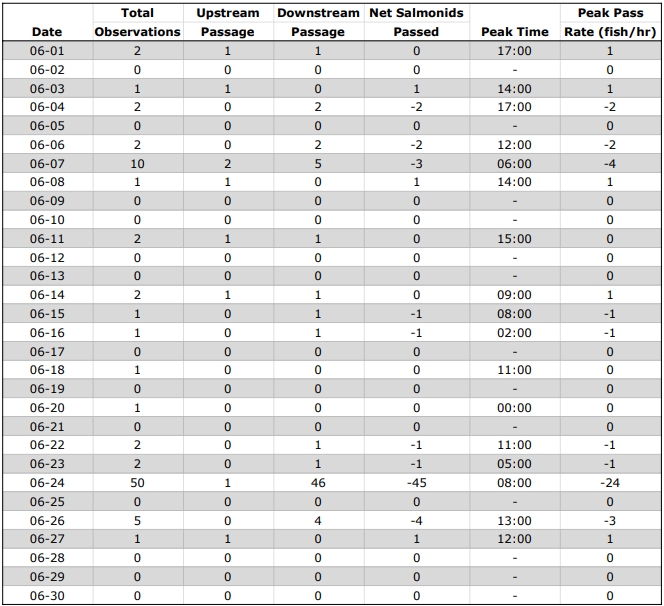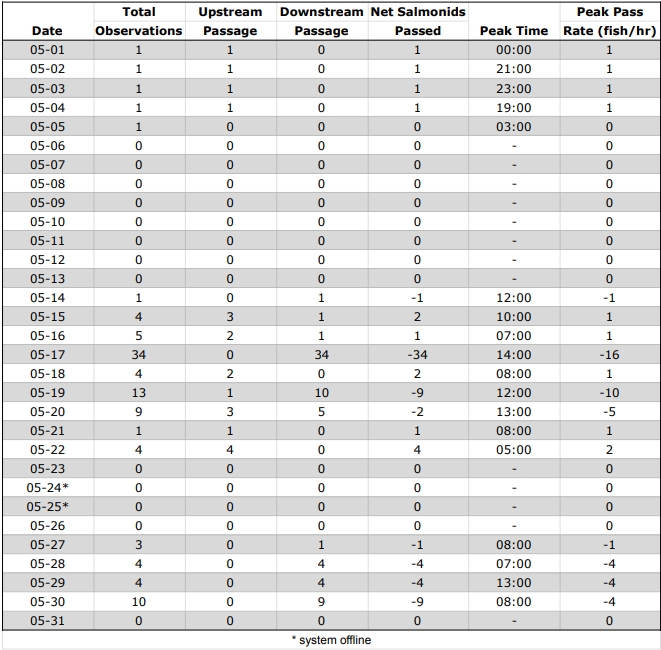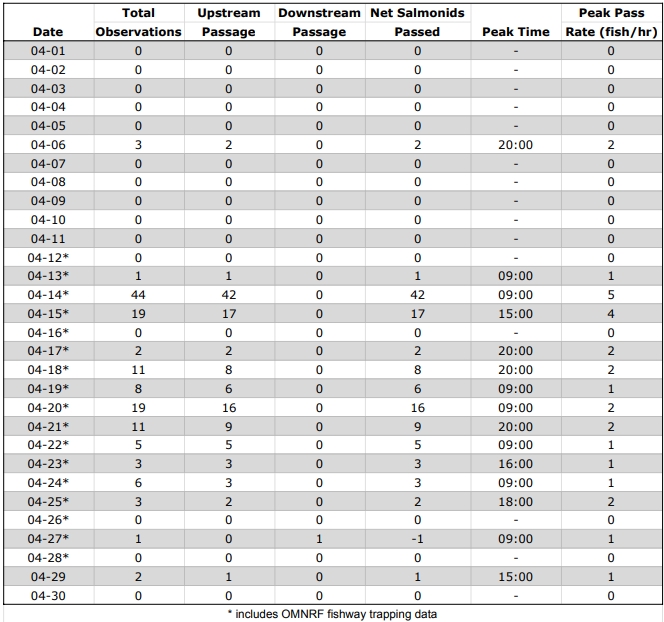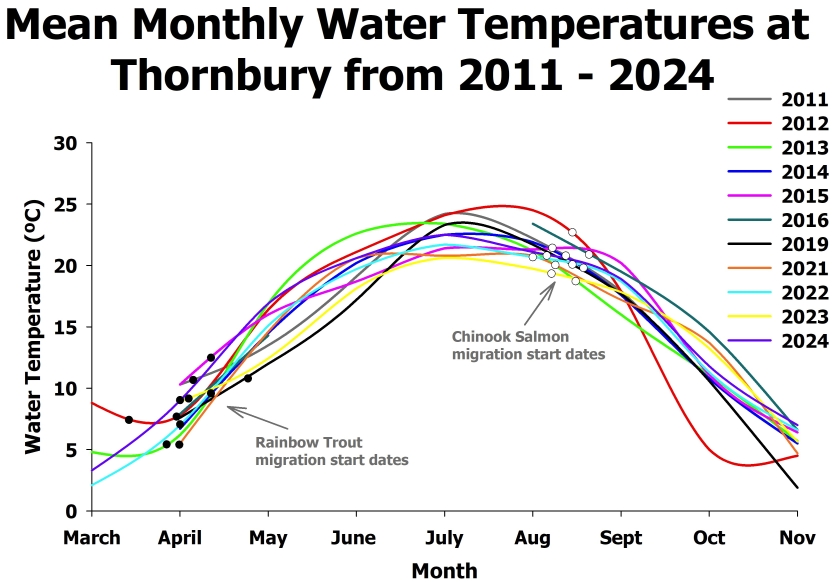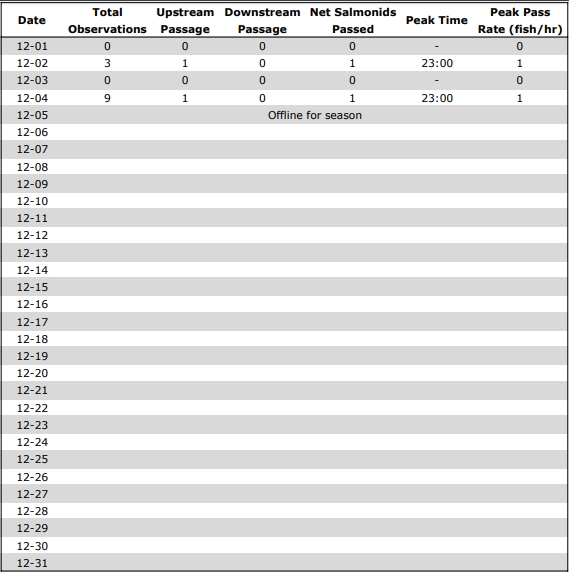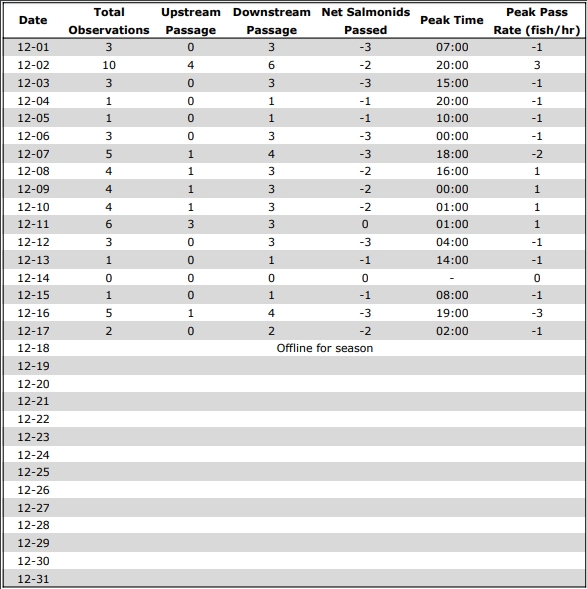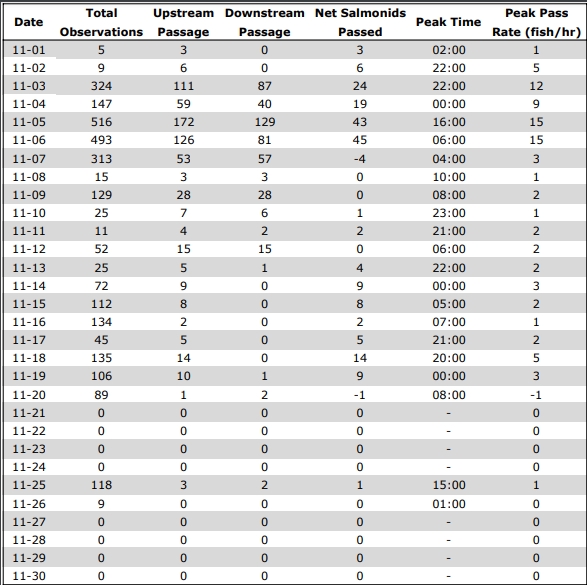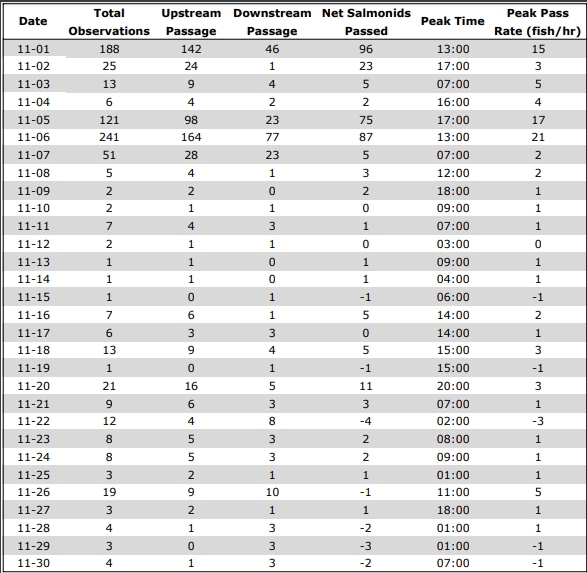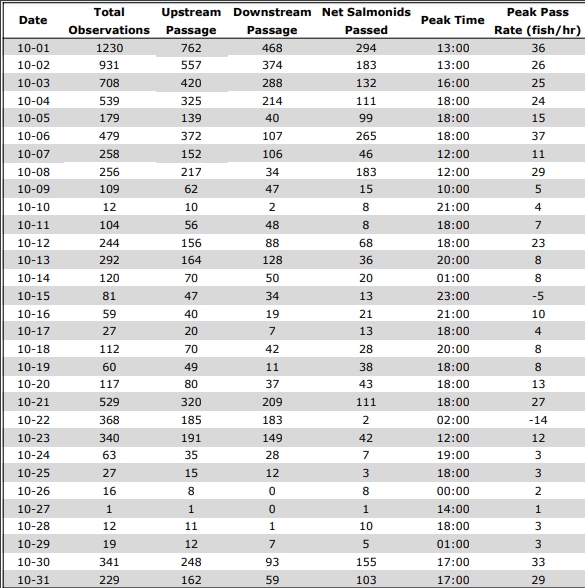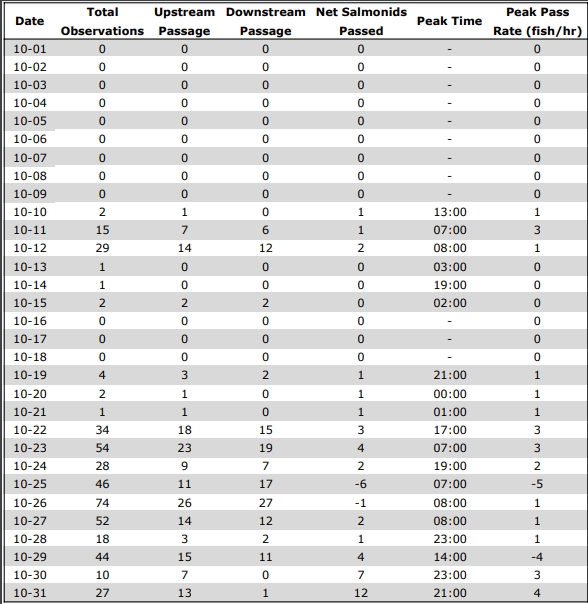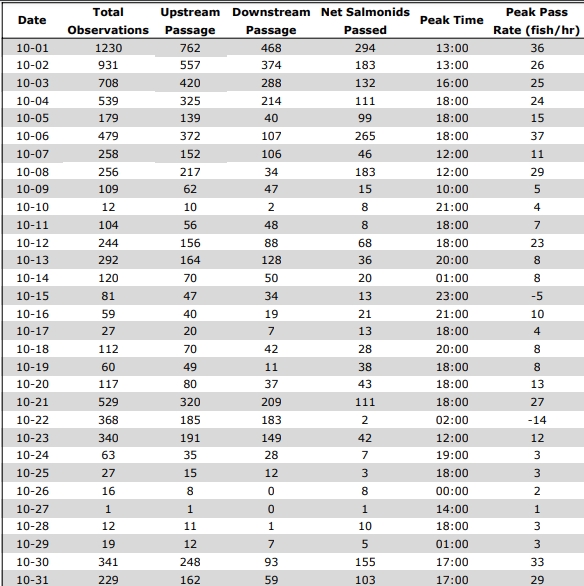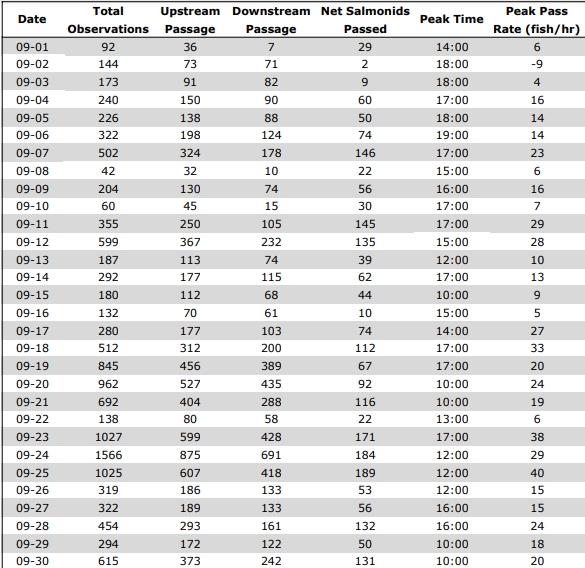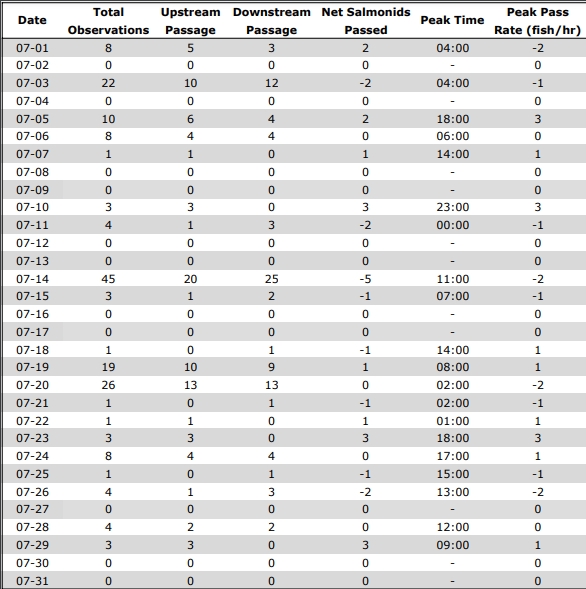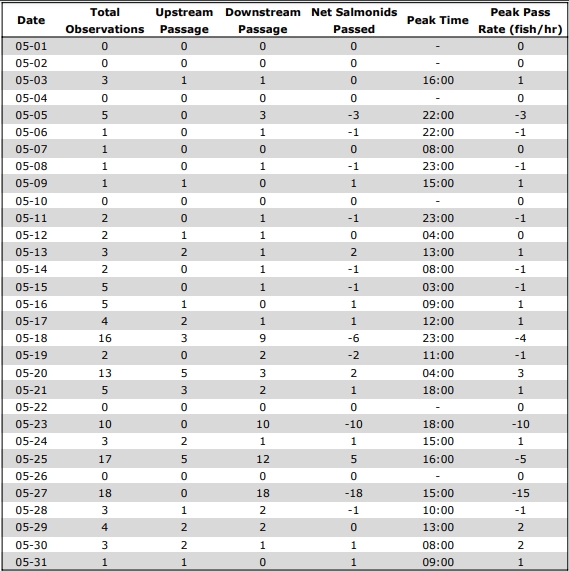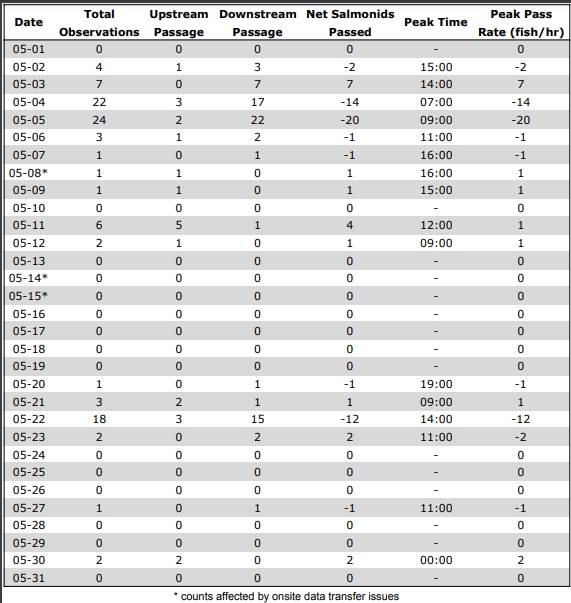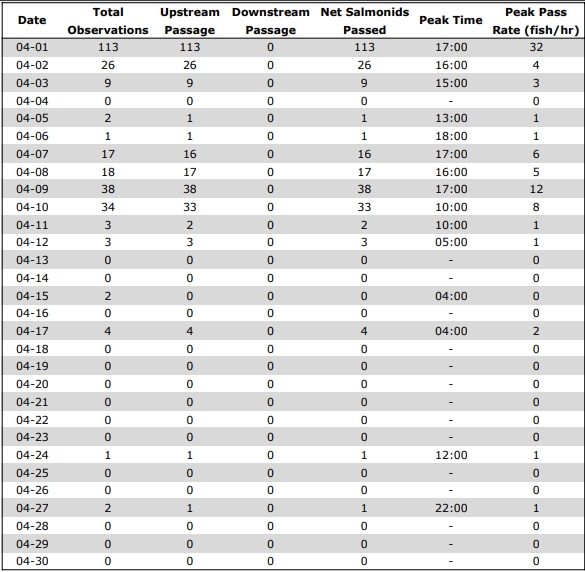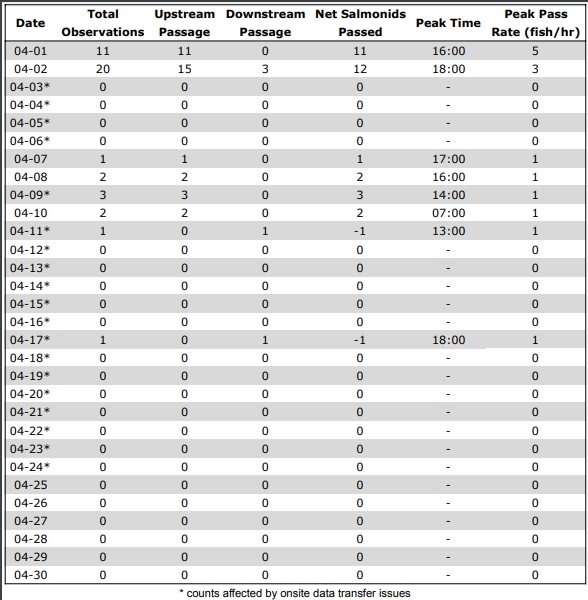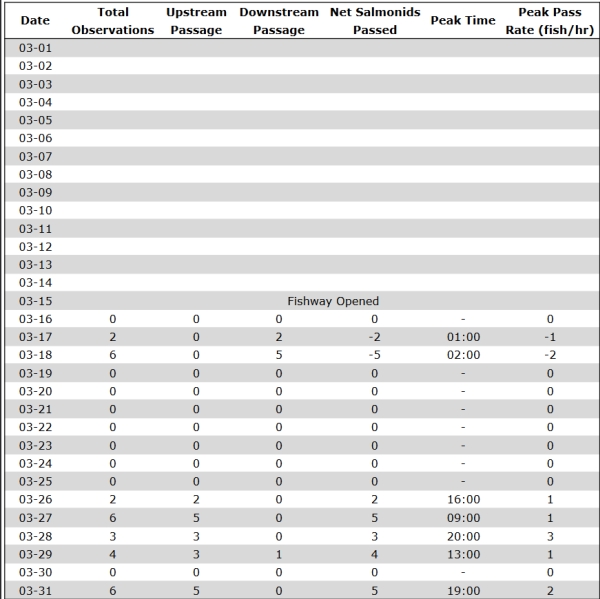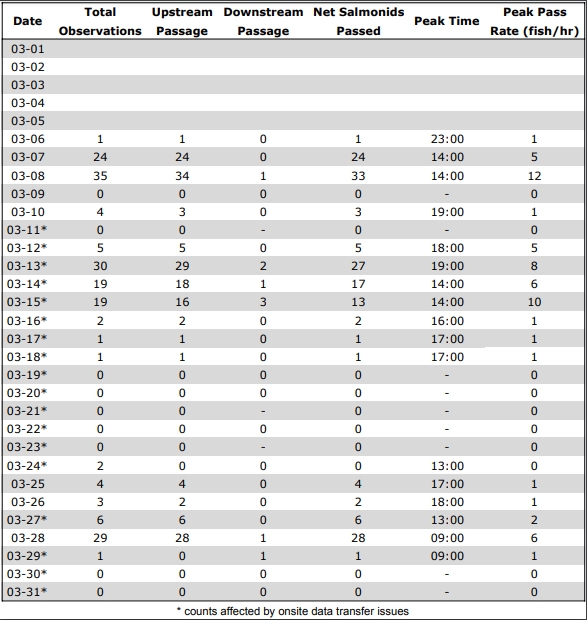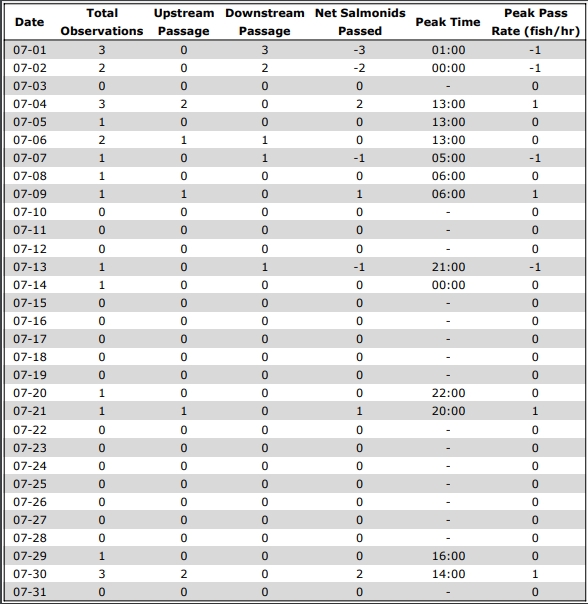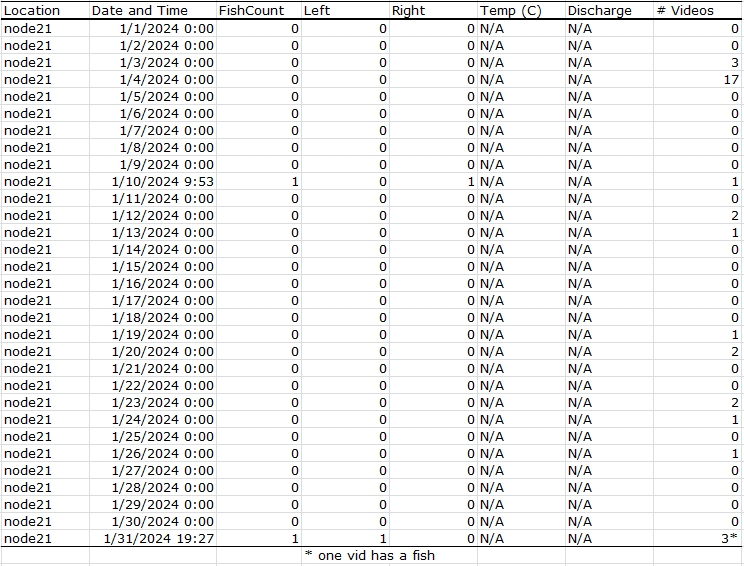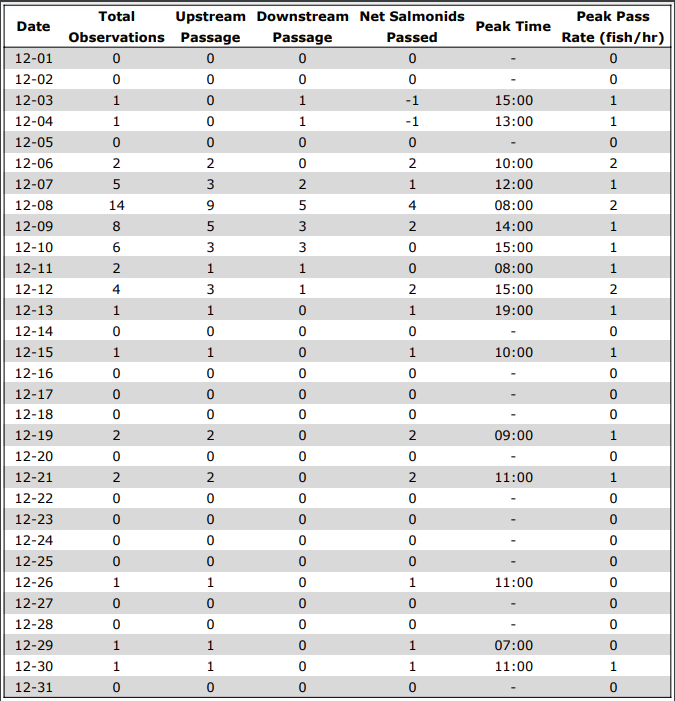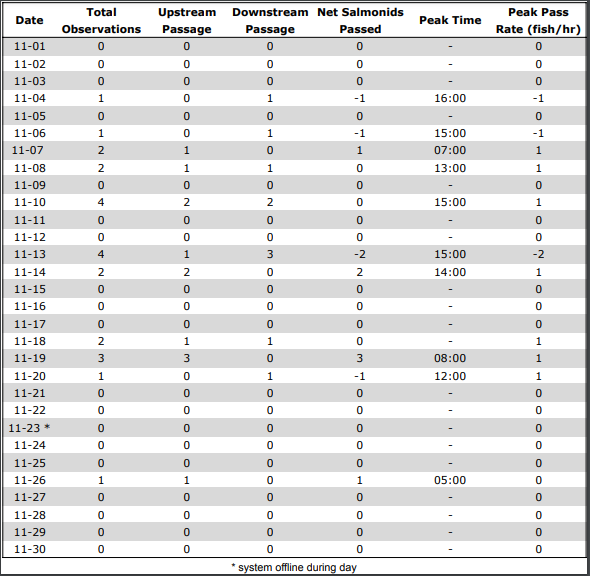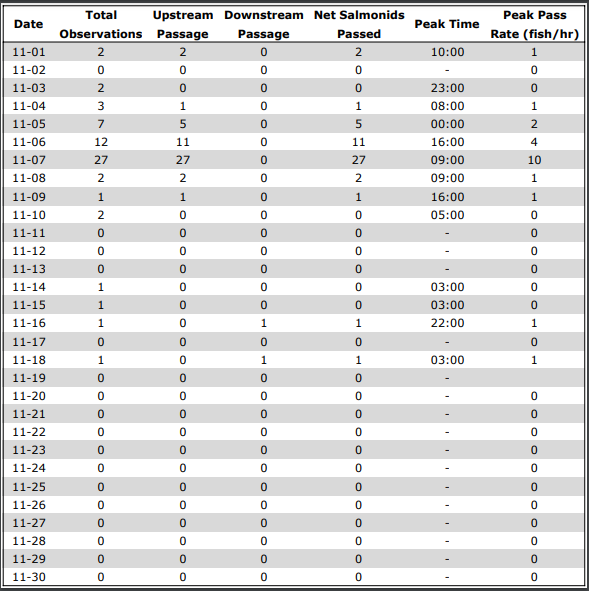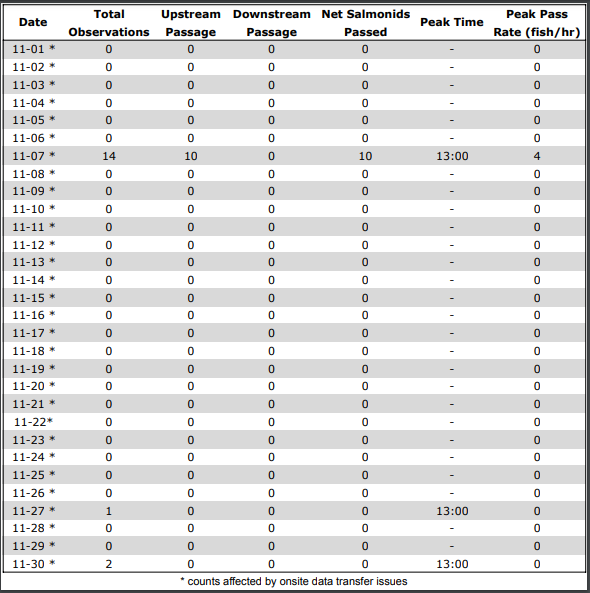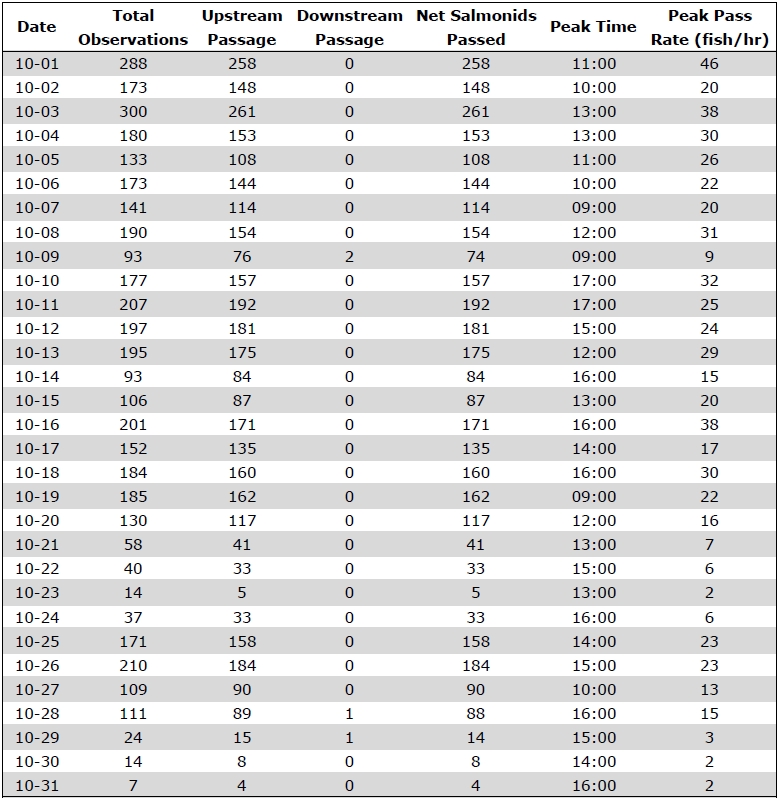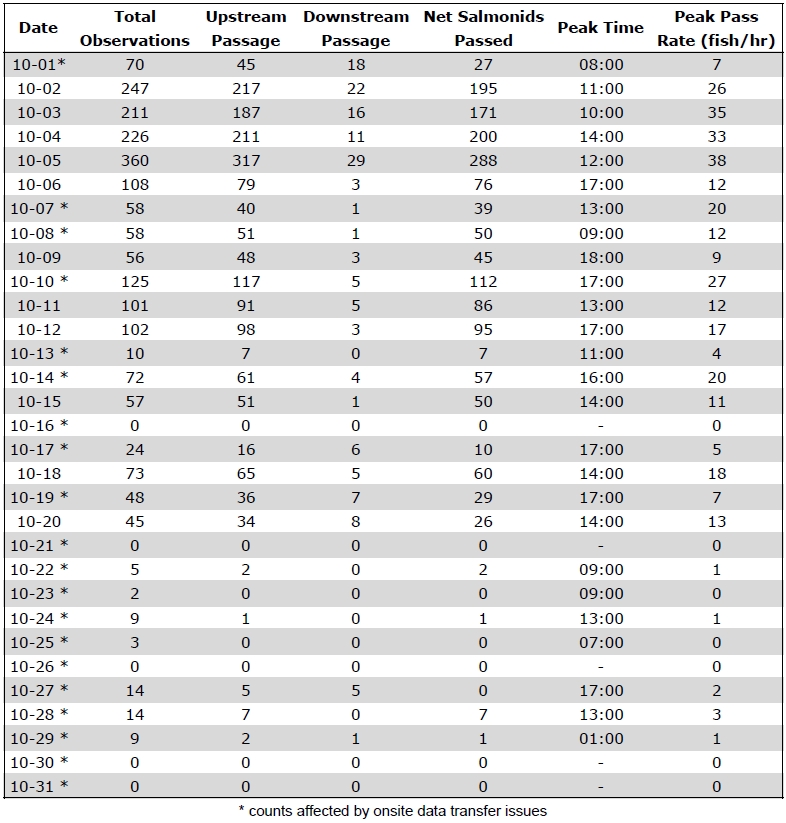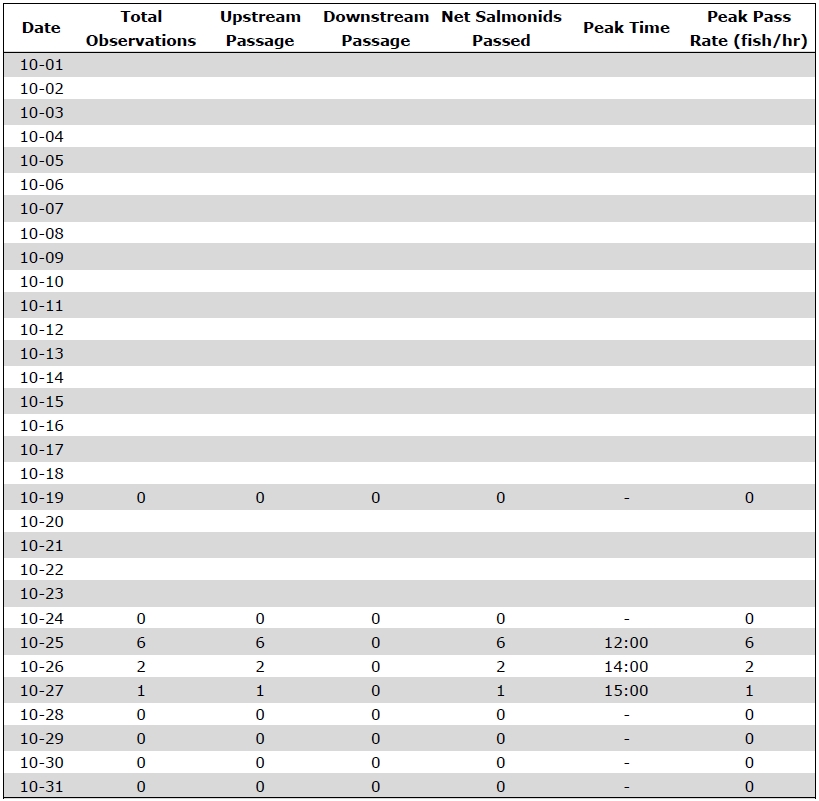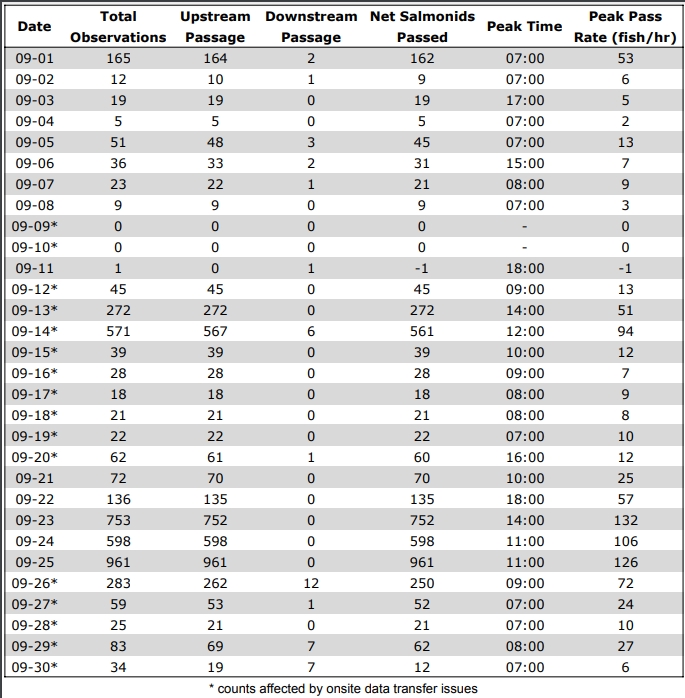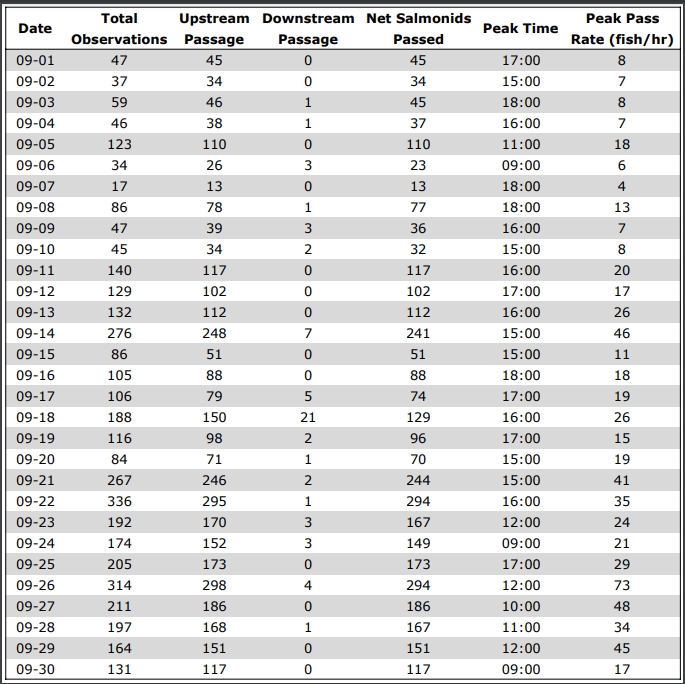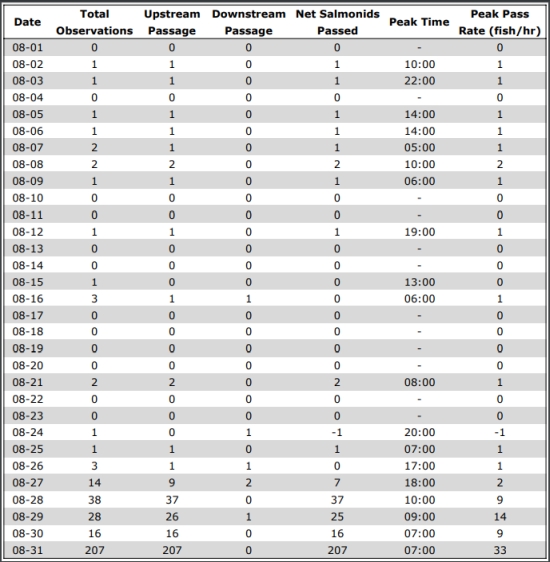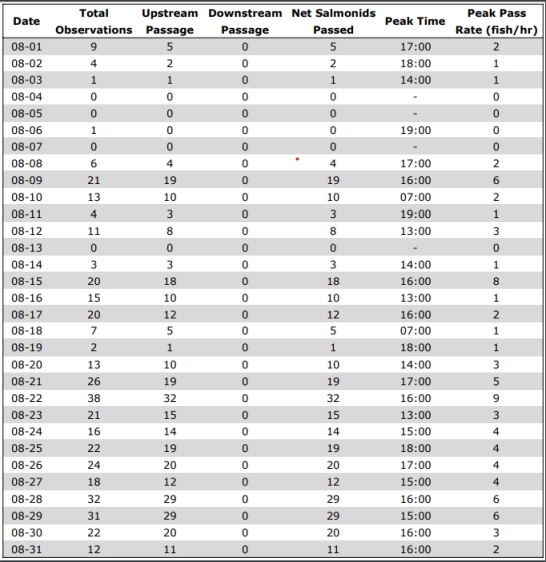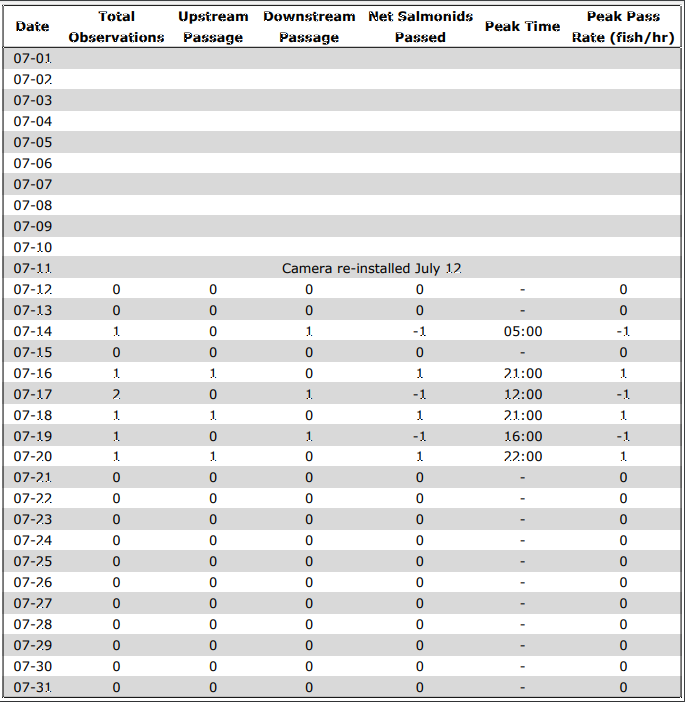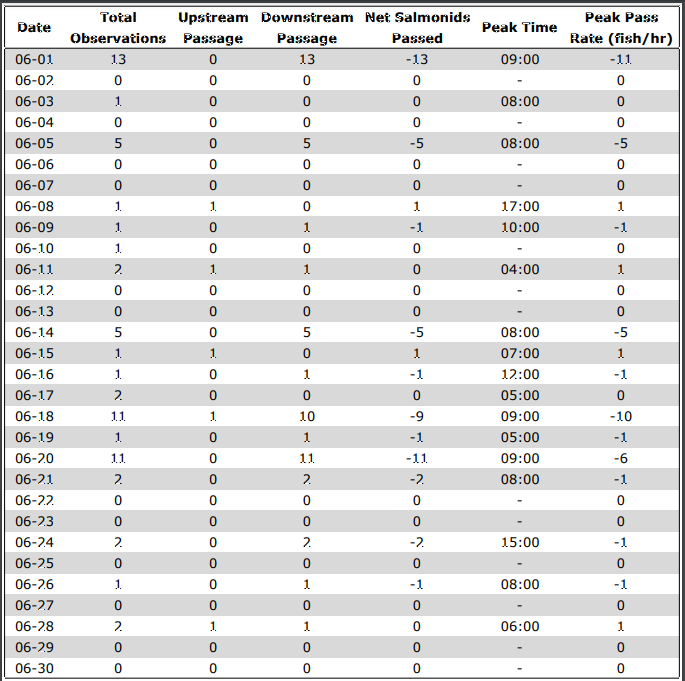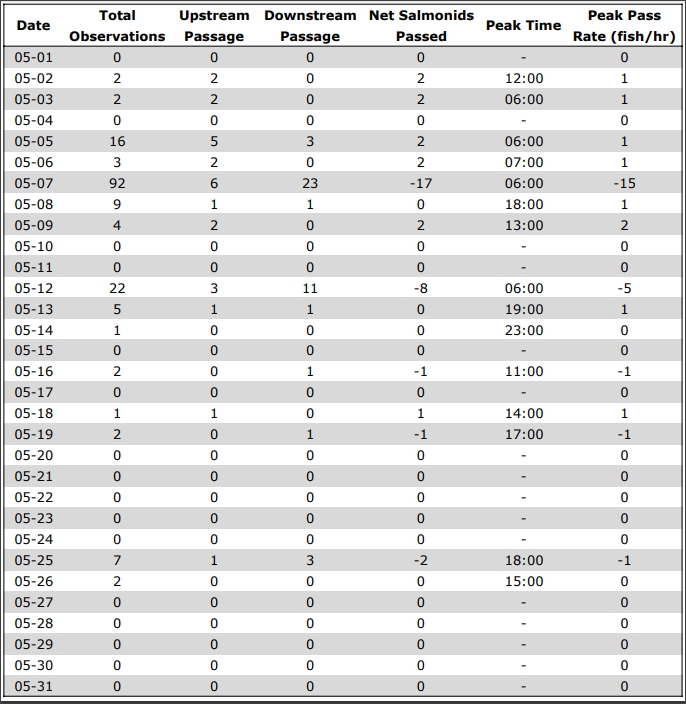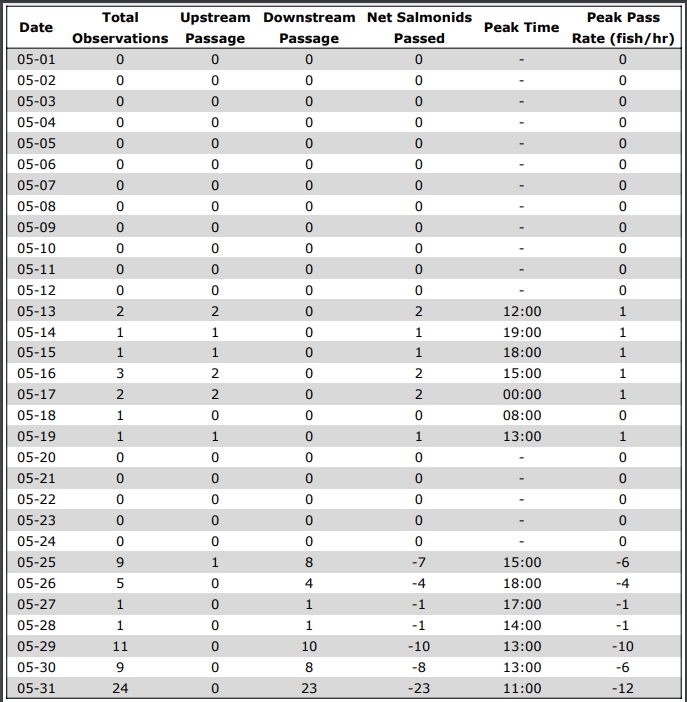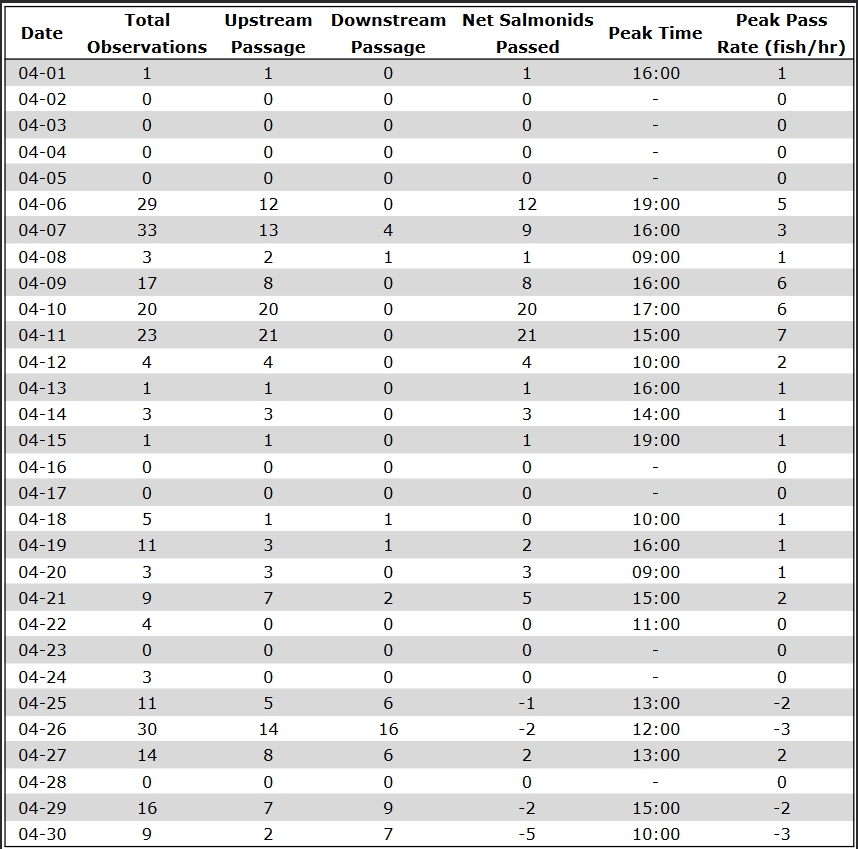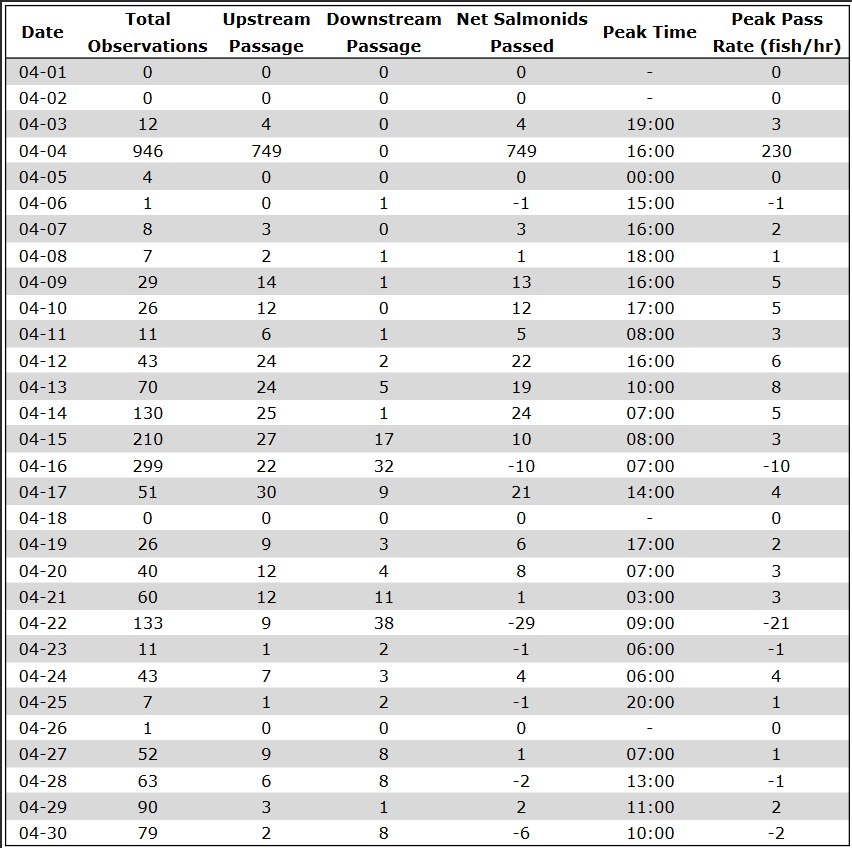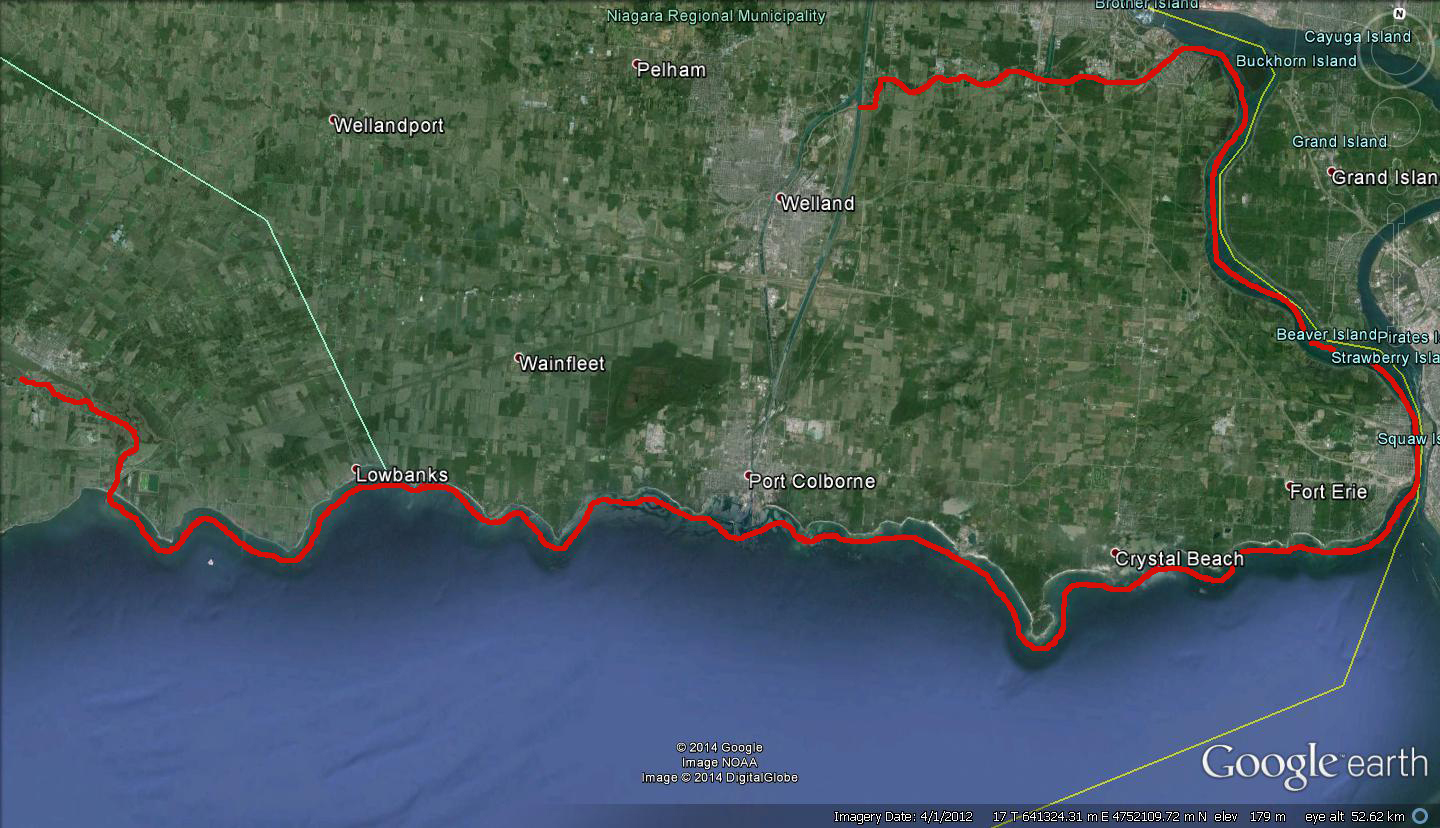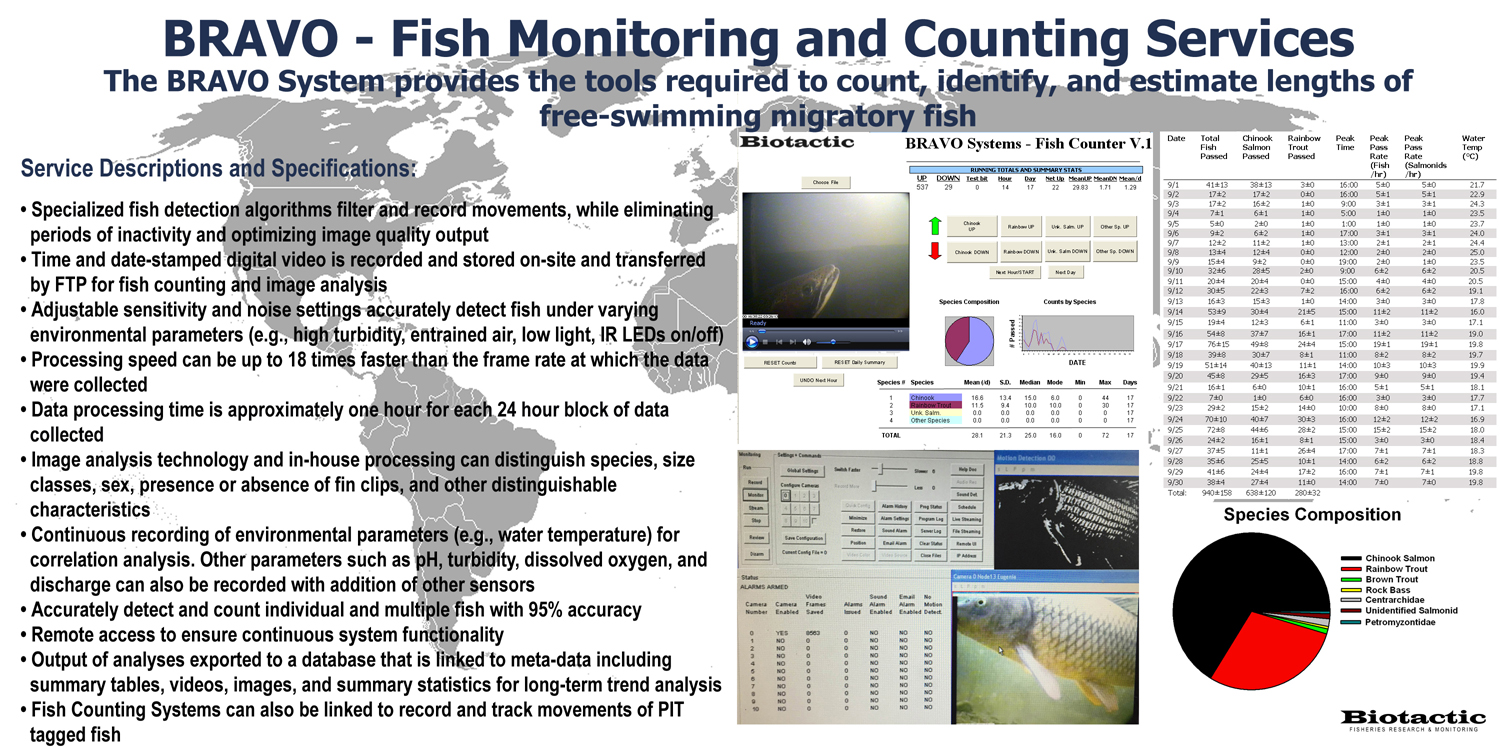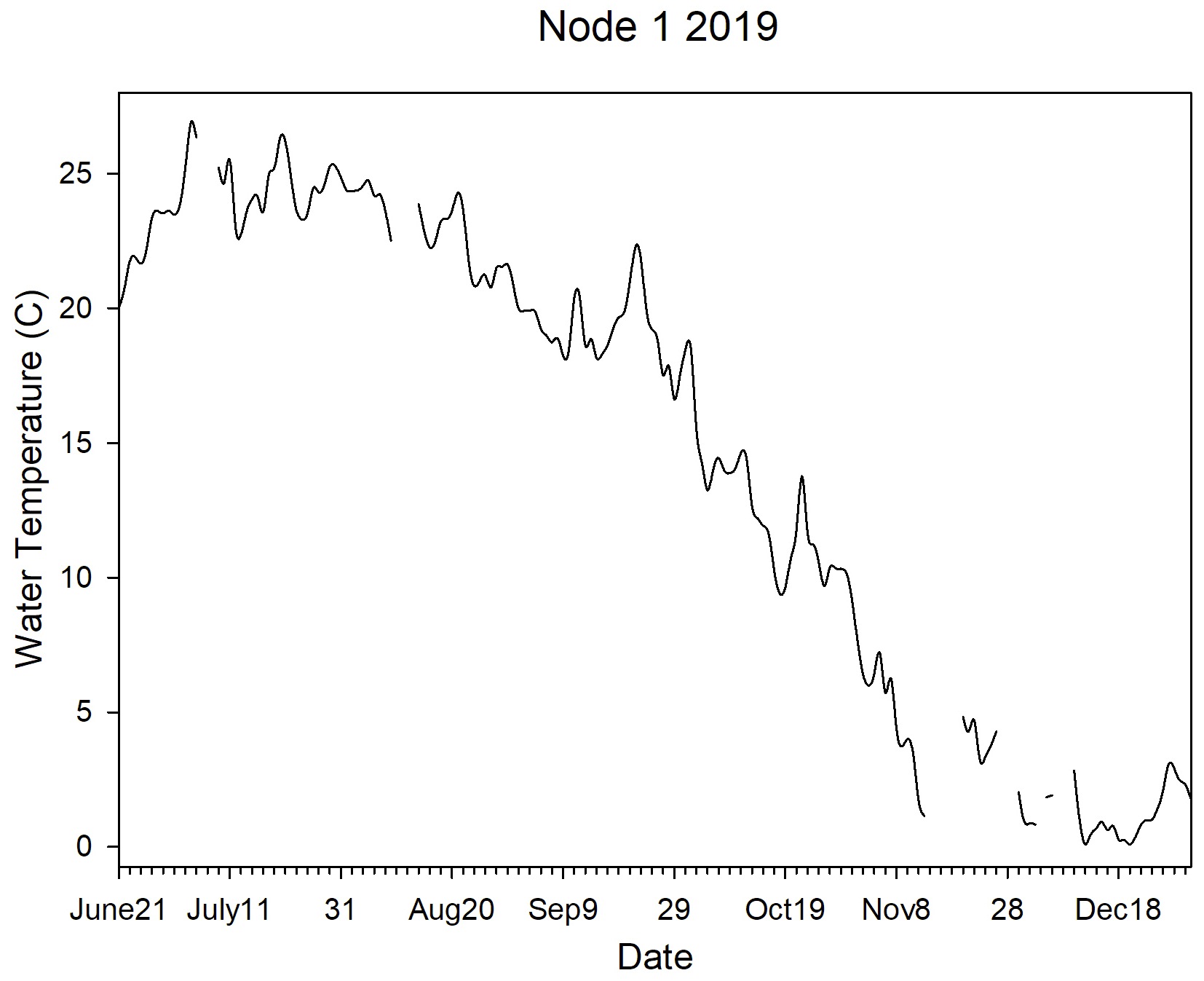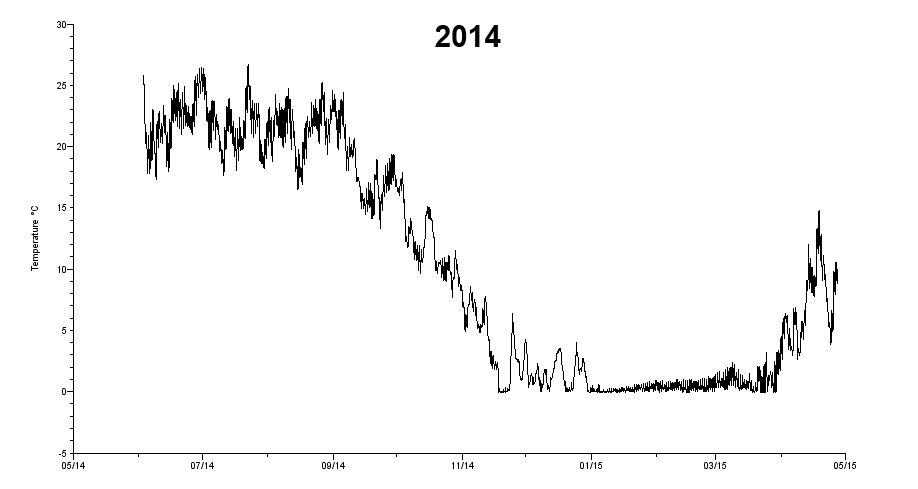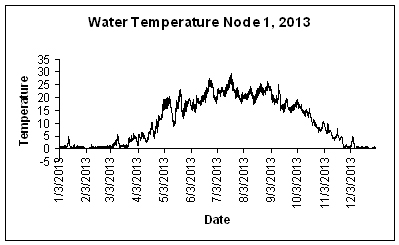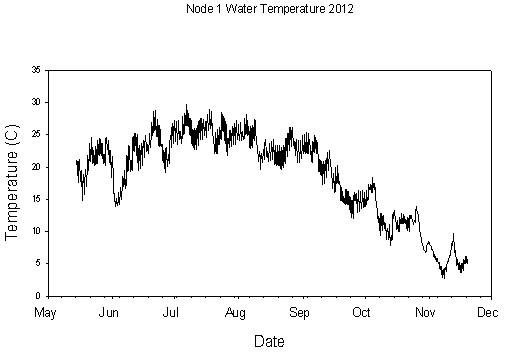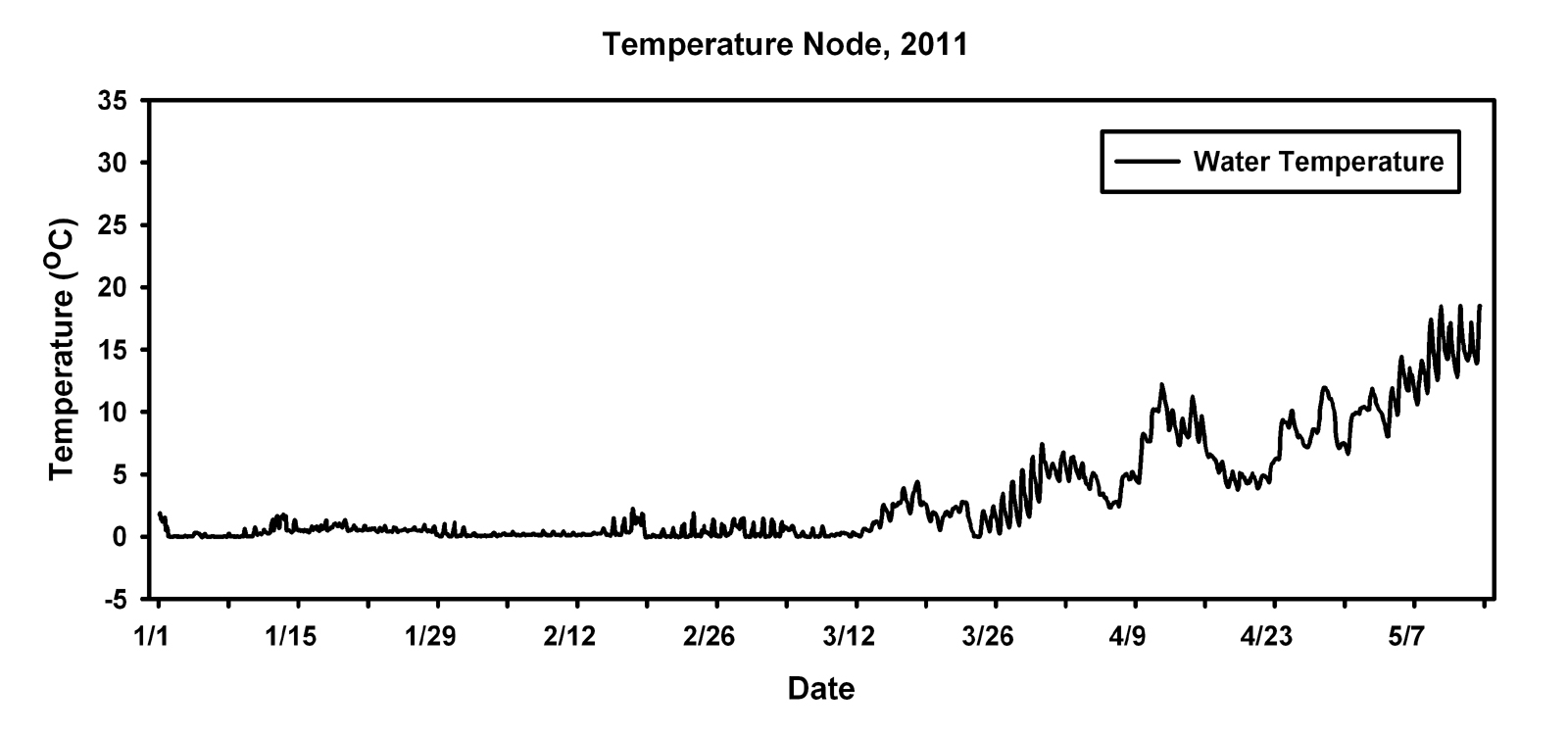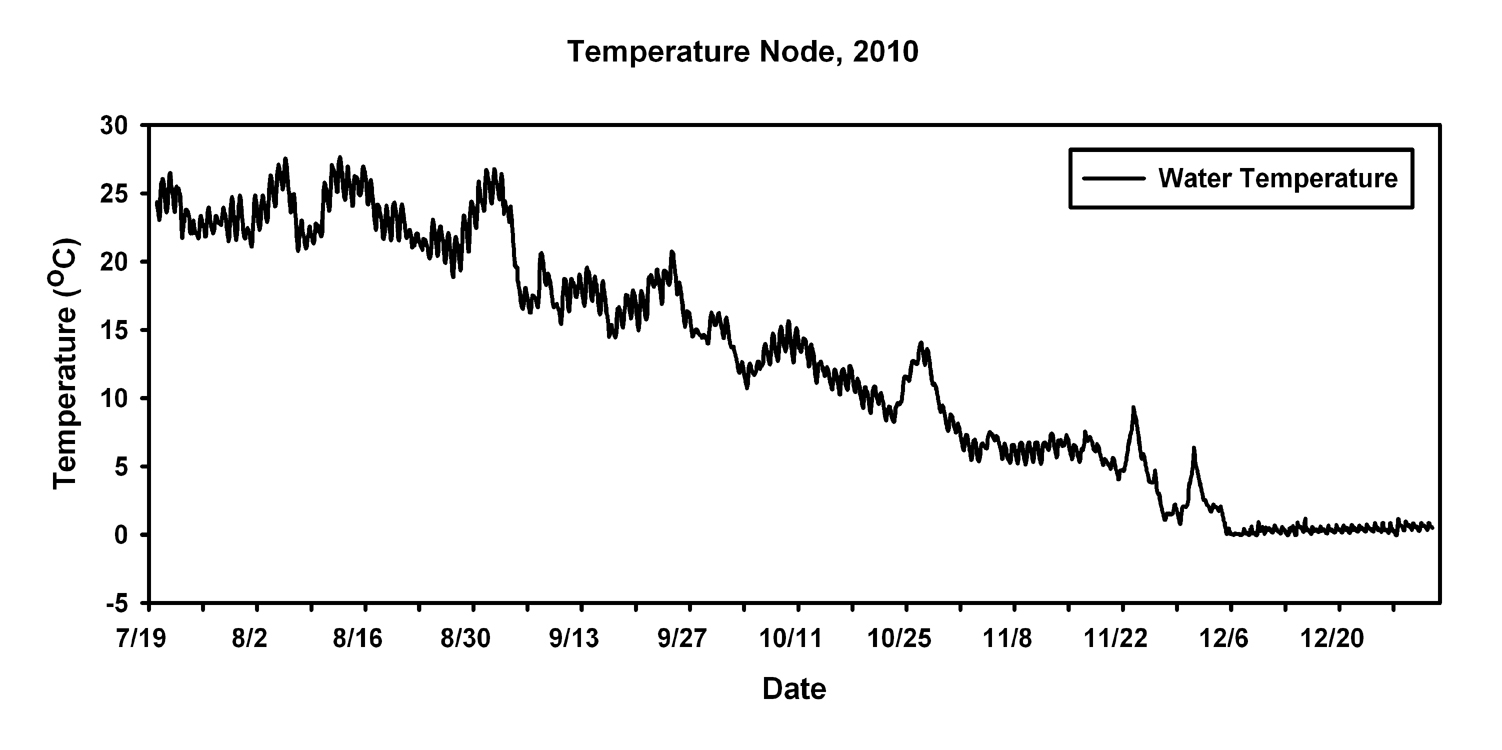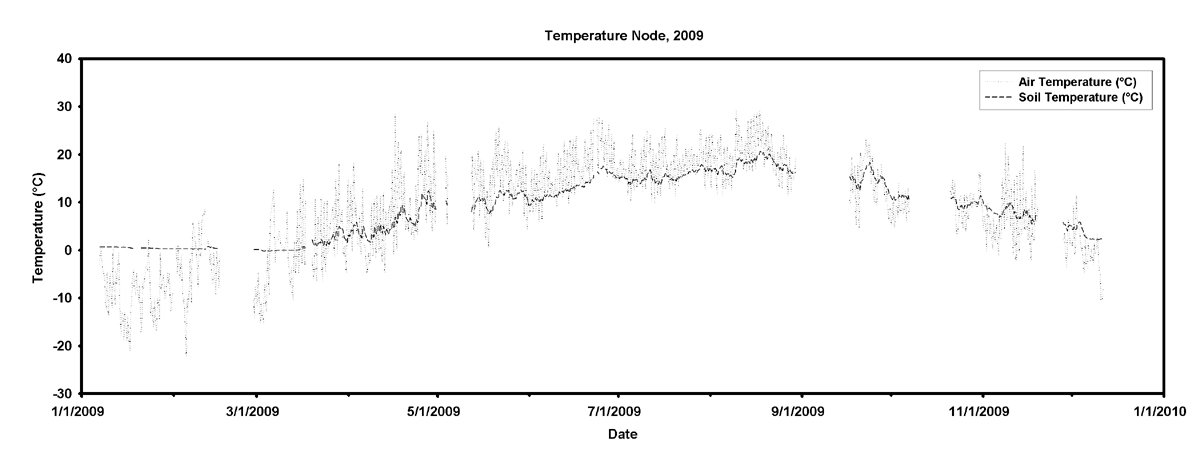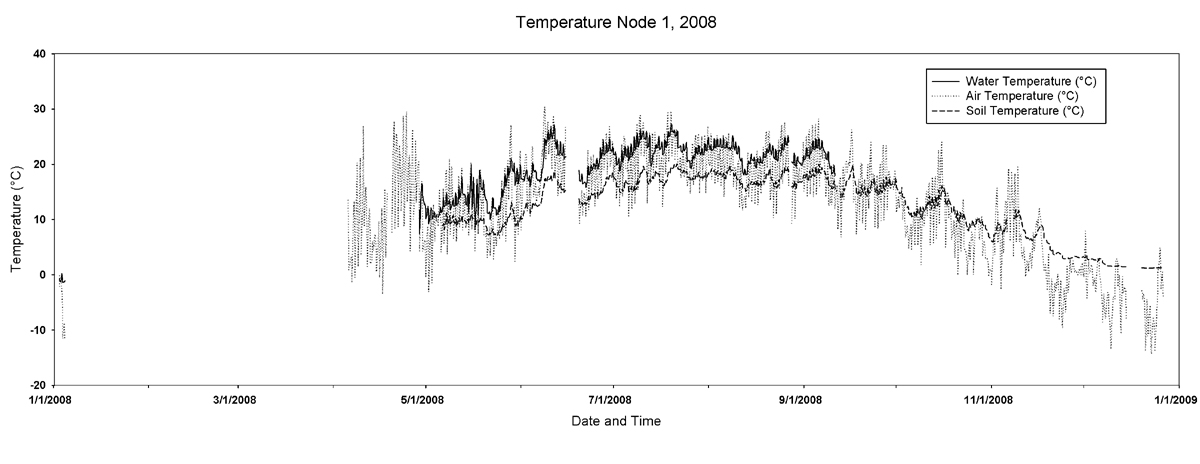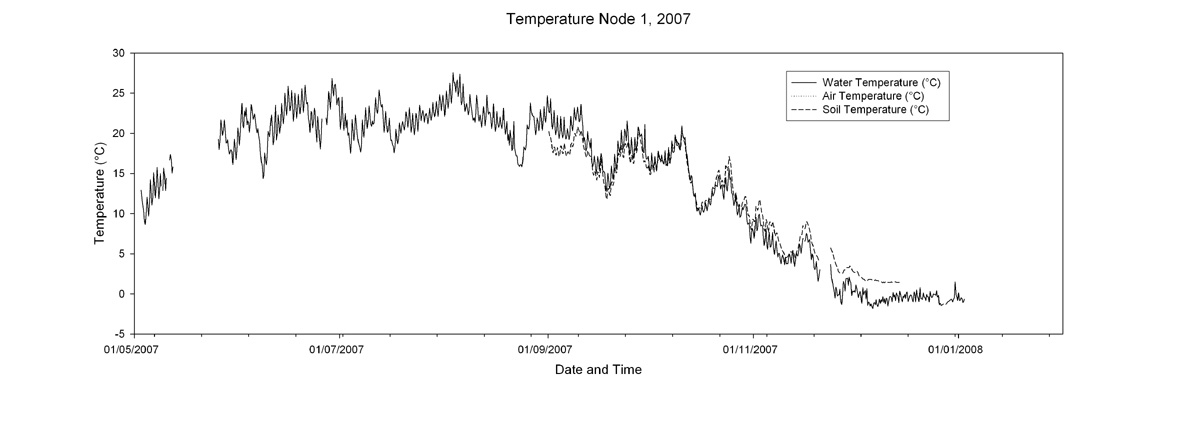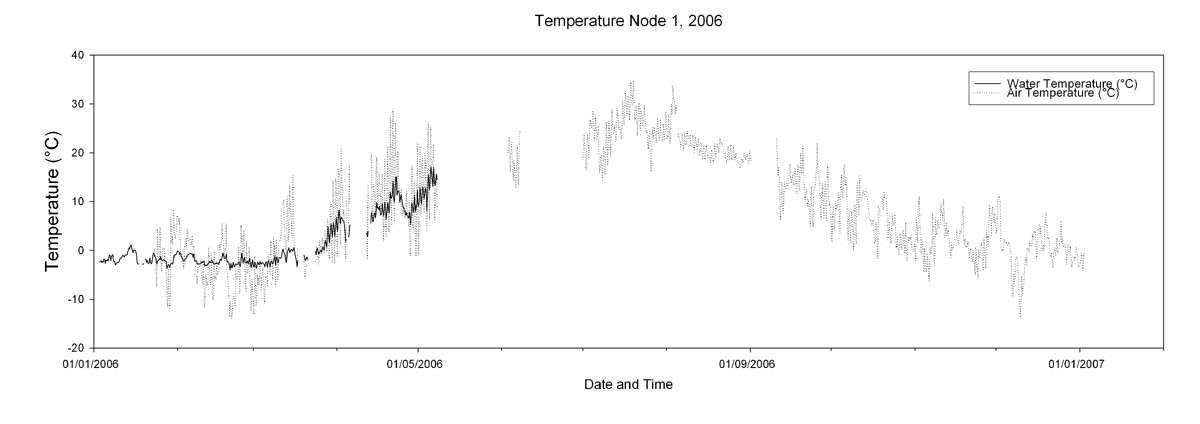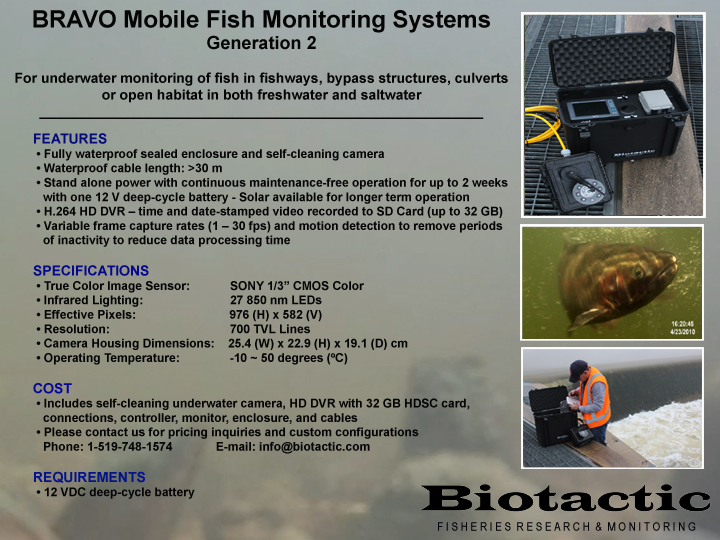Sulphur Springs: Chemical Barriers to Fish Movement
Several cold water sulphur springs flow into tributaries of the Welland River on the Niagara Peninsula. Sulphur spring water temperature is approximately 9 ºC throughout the year and it contains little or no dissolved oxygen. The water contains high levels of dissolved hydrogen sulphide (> 11 ppm) and it is lethal to fish. Starting in 2004 we conducted a series of experiments designed to illustrate the biological ramifications of the sulphur springs on fish and other organisms. At the Buckhorn Creek sulphur spring, there is a “dead zone” with very little dissolved oxygen, high conductivity >3500 µS/cm, and redox potentials < -200 eV, that extends over 500 m downstream from the spring outlet. In an electro-fishing survey conducted in 2006, fish were present upstream and downstream from the “dead zone”, suggesting that fish passage may be possible during periods of elevated discharge; however, during low flow situations, this spring would be a barrier to fish movement and it reduces the amount of available aquatic habitat in Buckhorn Creek. The Buckhorn Creek spring supports a diverse assemblage of chemotrophic algae and bacteria that may be regionally unique, ecologically significant and worth preserving. The spring also contributes to base-flow in the creek during the summer months.
[cs_element_section _id=”1″ ][cs_element_layout_row _id=”2″ ][cs_element_layout_column _id=”3″ ][cs_element_text _id=”4″ ][cs_element_gap _id=”5″ ][cs_element_text _id=”6″ ]Several cold water sulphur springs flow into tributaries of the Welland River on the Niagara Peninsula. Sulphur spring water temperature is approximately 9 ºC throughout the year and it contains little or no dissolved oxygen. The water contains high levels of dissolved hydrogen sulphide (> 11 ppm) and it is lethal to fish. Starting in 2004 we conducted a series of experiments designed to illustrate the biological ramifications of the sulphur springs on fish and other organisms. At the Buckhorn Creek sulphur spring, there is a “dead zone” with very little dissolved oxygen, high conductivity >3500 µS/cm, and redox potentials < -200 eV, that extends over 500 m downstream from the spring outlet. In an electro-fishing survey conducted in 2006, fish were present upstream and downstream from the “dead zone”, suggesting that fish passage may be possible during periods of elevated discharge; however, during low flow situations, this spring would be a barrier to fish movement and it reduces the amount of available aquatic habitat in Buckhorn Creek. The Buckhorn Creek spring supports a diverse assemblage of chemotrophic algae and bacteria that may be regionally unique, ecologically significant and worth preserving. The spring also contributes to base-flow in the creek during the summer months. \n\n[/cs_content_seo][/cs_element_layout_column][/cs_element_layout_row][/cs_element_section][cs_element_section _id="7" ][cs_element_layout_row _id="8" ][cs_element_layout_column _id="9" ][cs_element_image _id="10" ][/cs_element_layout_column][cs_element_layout_column _id="11" ][cs_element_image _id="12" ][/cs_element_layout_column][cs_element_layout_column _id="13" ][cs_element_image _id="14" ][/cs_element_layout_column][/cs_element_layout_row][/cs_element_section][/cs_content]
